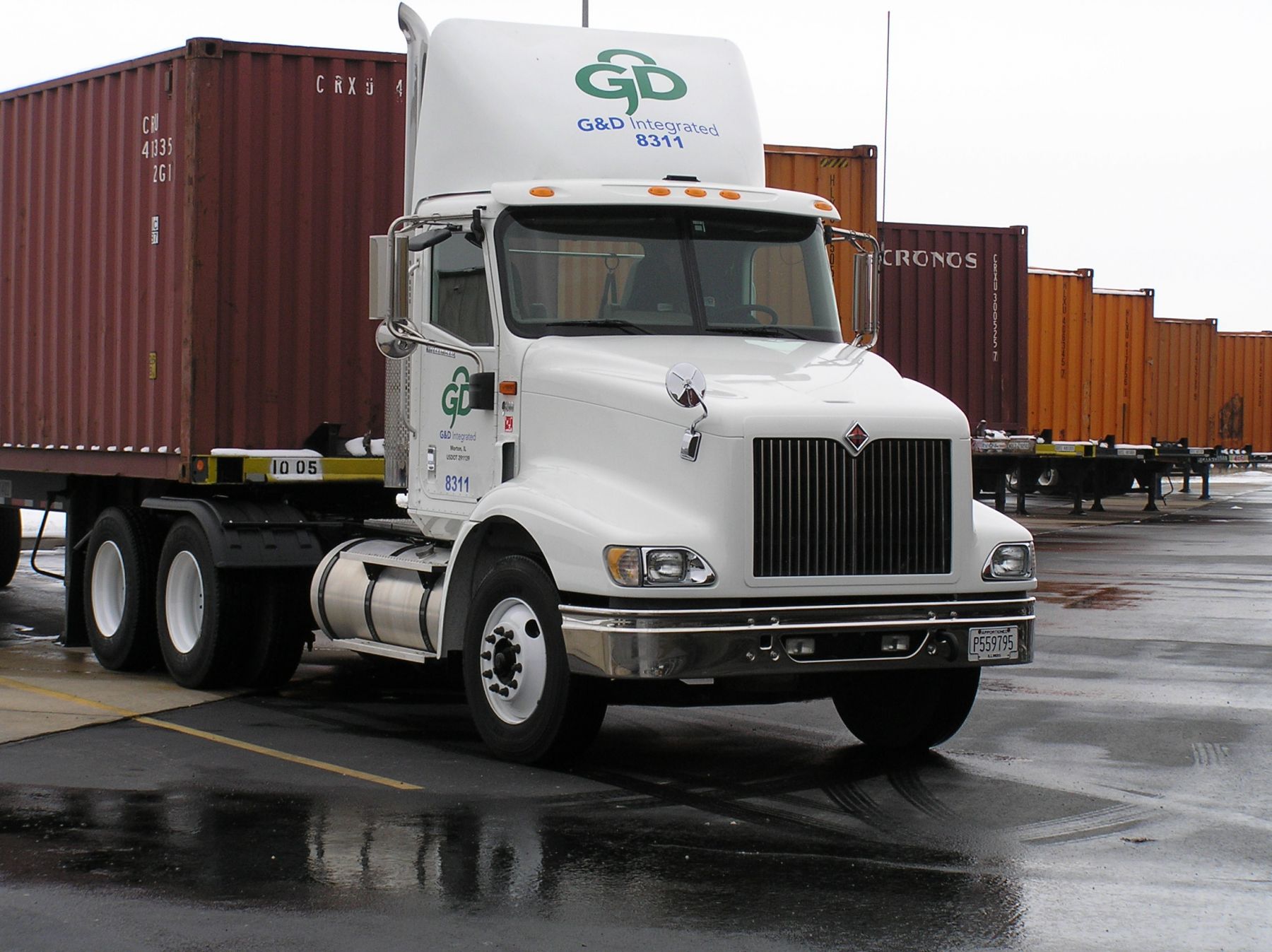Are round-trip container charges on your ocean contracts getting out of hand? Could your outbound shipments to customers be improved for turnaround and timeliness? It may be time to consider a transloading strategy.
Today’s savvy shippers don’t always have to use standard drayage and intermodal services for their import and export freight. In fact, given recent shortages of chassis assets in many U.S. regions, drayage may not be the best option. A lack of coordination of this critical equipment among ocean carriers, drayage firms and rental firms also contributes to slowing down your freight and adding costs.
Transloading, the process of transferring a shipment from one mode of transportation to another, can be an attractive option to container drayage once your shipments have entered a port or are forwarded for export. Transloading typically occurs at a facility close to a port terminal or rail yard where your freight is transferred to a domestic container or truckload. Transload services allow your product to be handled and delivered to multiple destinations on a different truck or container than the inbound shipment.
Why consider transloading versus traditional container drayage?
Reduced costs. Even for companies with small volumes of freight, the savings derived from transloading versus drayage can add up over time. With transloading, you essentially pay for a one-way over-the-road service versus the two-way transfer of shipping containers associated with drayage. Transportation costs are reduced which serves to lower the landed cost of your product.
Less warehousing & more value-added. Transloading often results in less handling and warehousing. You may not even have to manage or store the shipment before it is shipped to your customer. And, at the point of transloading, cross-docking activities such as palletizing the product can be performed, or other value-added services including product customization, labeling or kitting.
Speed. Factors such as cost, efficiency, and speed all come into play when switching between modes. Transloading allows you to speed up your supply chain, sometimes cutting days off cycle times with reduced shipment dwell times. This means the components and materials you need for production or your customer’s finished products are not caught up at ports or terminals waiting for transfer, processing or sitting in warehouses.
The bigger picture. As the above examples suggest, transloading often creates opportunities for further savings and supply chain efficiencies. Transloading can be part of a larger supply chain strategy that supports improved inventory management and materials handling practices. And when your materials or products are positioned closer to your customer, customer service improves. That’s a big plus in today’s competitive marketplace.
At G&D Integrated, a full-service 3PL provider and freight broker, our transloading capabilities include our own chassis assets, 450 power units and container management services. We provide asset-based intermodal services for inbound and outbound freight via the ports of Savannah, GA: Charleston, SC; and Chicago, IL in addition to brokered services at ports across the U.S., including many major inland ports such as Decatur, IL; Kansas City, MO; and Greer, SC. Learn more about G&D Integrated’s transloading capabilities on our YouTube channel at https://www.youtube.com/watch?v=BBGKiguzTZ8.
About the author: Mark London is VP, Sales & Marketing at G&D Integrated

